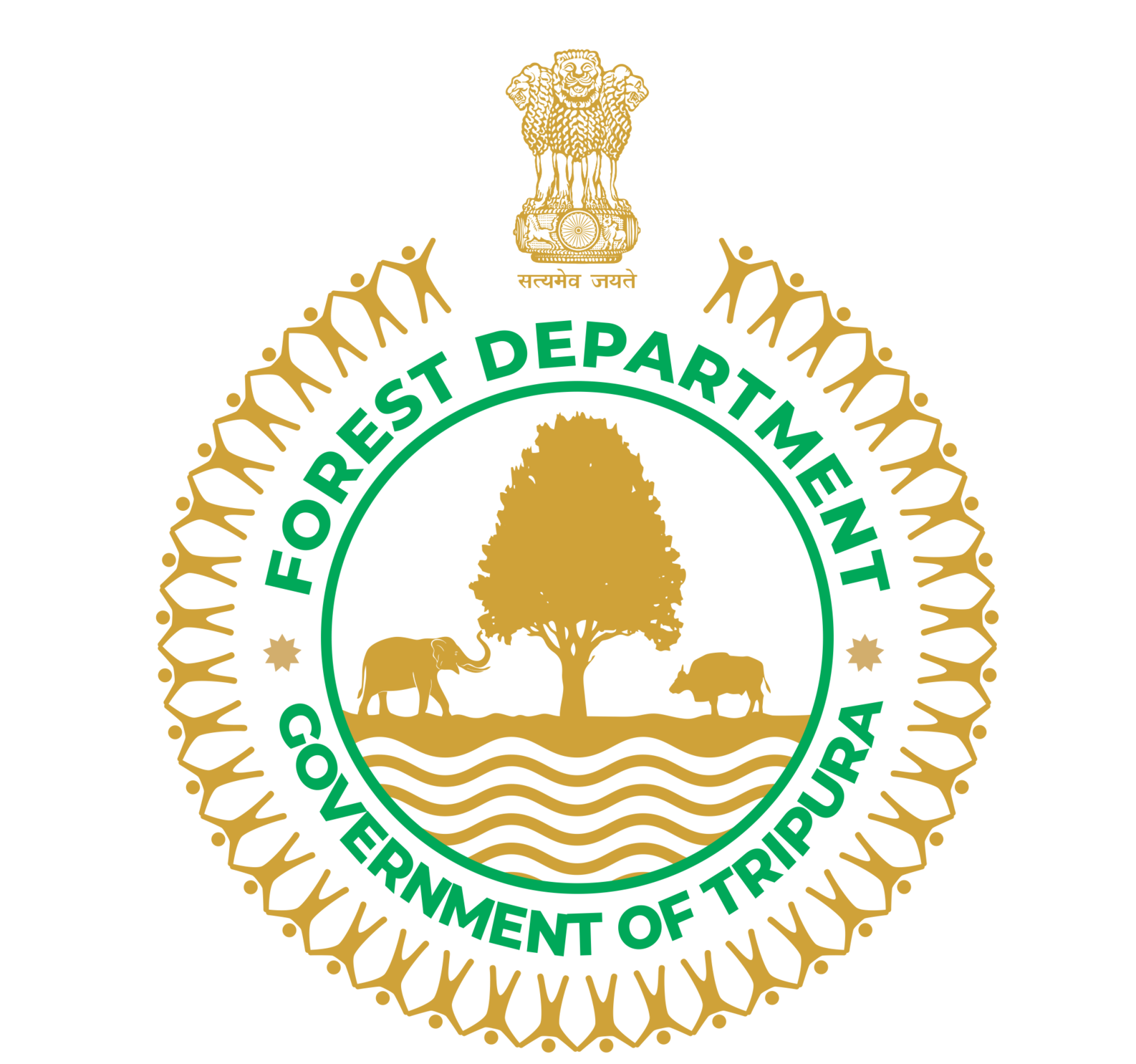Avi-Faunal Distribution
BIODIVERSITY MANAGEMENT COMMITTEE (BMC)
THE ROLE OF STATE BIODIVERSITY BOARDS:
The functions of the State Biodiversity Board is to -
- advise the State Government, subject to any guidelines issued by the Central Government, on matters relating to the conservation of biodiversity, sustainable use of its components and equitable sharing of the benefits arising out of the utilization of biological resources;
- regulate by granting of approvals or otherwise requests for commercial utilization or bio survey and bio utilization of any biological resource by Indians;
- perform such other functions as may be necessary to carry out the provisions of this Act or as may be prescribed by the State Government.
WHAT IS BIODIVERSITY MANAGEMENT COMMITTEES?
BMCs are the loci to the conservation initiatives of the Board and will anchor the local level actions. The local bodies viz. Zilla Panchayats/Janapad Panchayats/Gram Panchayats & Gram Sabhas, Nagar Panchayats, Municipal Panchayats, Municipalities and Municipal Corporations shall setup the BMC.
WHY IS THERE A NEED TO CONSTITUTE BMC?
Establishment of Biodiversity Management Committees for the purpose of :
- promoting conservation, sustainable use and documentation of biological diversity
- preservation of habitats,
- conservation of land races, folk varieties and cultivars,
- domesticated stocks and breeds of animals and micro-organisms and
- chronicling of knowledge relating to biological diversity.
HOW TO CONSTITUTE BMC?
- The BMCs will comprise of the president (president of the respective local body) and secretary (secretary of the local body).
- There will be six other members who will be nominated by the panchayat committee. They could be an agricultural representative, Collectors\traders of non-timber forest produces, fishermen, organisations using biodiversity, social workers, teachers and researchers. Two of the members should be women and one should belong to the Scheduled Caste\Scheduled tribe community.
- The members should be those residing in the panchayat area and should be included in the voters list of the panchayat.
- Officials of the Forest and Wildlife Department, Agriculture Department, Animal Husbandry Department, Health Department, Fisheries Department, Education Department and research institutions will be special invitees on these committees. The local MLA and MP will be invitees to the meetings of the BMCs.
THE FUNCTIONS OF BMC:
Biodiversity Management Committee (BMC) have the required legislative support and is in a position to strike roots more effectively. Most significantly, BMCs would help to take science right down to the grassroots,since,the rules lay down that :
- “The main function of the BMC is to prepare People’s Biodiversity Registers in consultation with local people. The Registers shall contain comprehensive information on availability and knowledge of local bio-resources, their medicinal or any other use or any other traditional knowledge associated with them.”
- The other functions of the BMCs include giving advice on any matter referred to it by the State Biodiversity Board or National Biodiversity Authority for granting approval to accessing biological resources of the area, to maintain data about local traditional and indigenous knowledge holders using biological resources.
- The PBRs will be maintained and validated by the BMCs.
- The Committee shall also maintain Register giving information about the details of the access to biological resources and traditional knowledge granted, details of the collection fee imposed and details of the benefits derived from the use of biological resource and mode of their sharing.
THE PREPARATION OF PEOPLE’S BIODIVERSITY REGISTERS:
People’s Biodiversity Registers: The Register of the people, by the people and for the people
The objectives of the PBR formation are:
- To claim justified benefit sharing by the local people for any commercial use of their BD resources (BD elements + knowledge)
- To explore enterprises based on their BD resources
- To develop exhaustive data base to help effective intervention for development and conservation.
- Along with these information, the Registers will also contain extensive annotations on the landscape of the area, present land use patterns and the same over a timescape, an overview of the peoplescape and other relevant data deemed necessary for planning proper future strategies of local level management of resources.
Preparation of Peoples Biodiversity Registers include
- Comprehensive information on availability and knowledge of local biological resources, their medicinal or any other use or any other traditional knowledge associated with them;
- Data about the local vaids and practitioners using the biological resources
- Details of the access to biological resources and traditional knowledge granted details of the collection fee imposed and details of the benefits derived and the mode of their sharing.
- The major ways of collecting data for the PBR includes
- Interviews of knowledgeable individuals/ veterans;
- Group interviews;
- Field observations by volunteers and technical support groups and
- Existing official documents.

